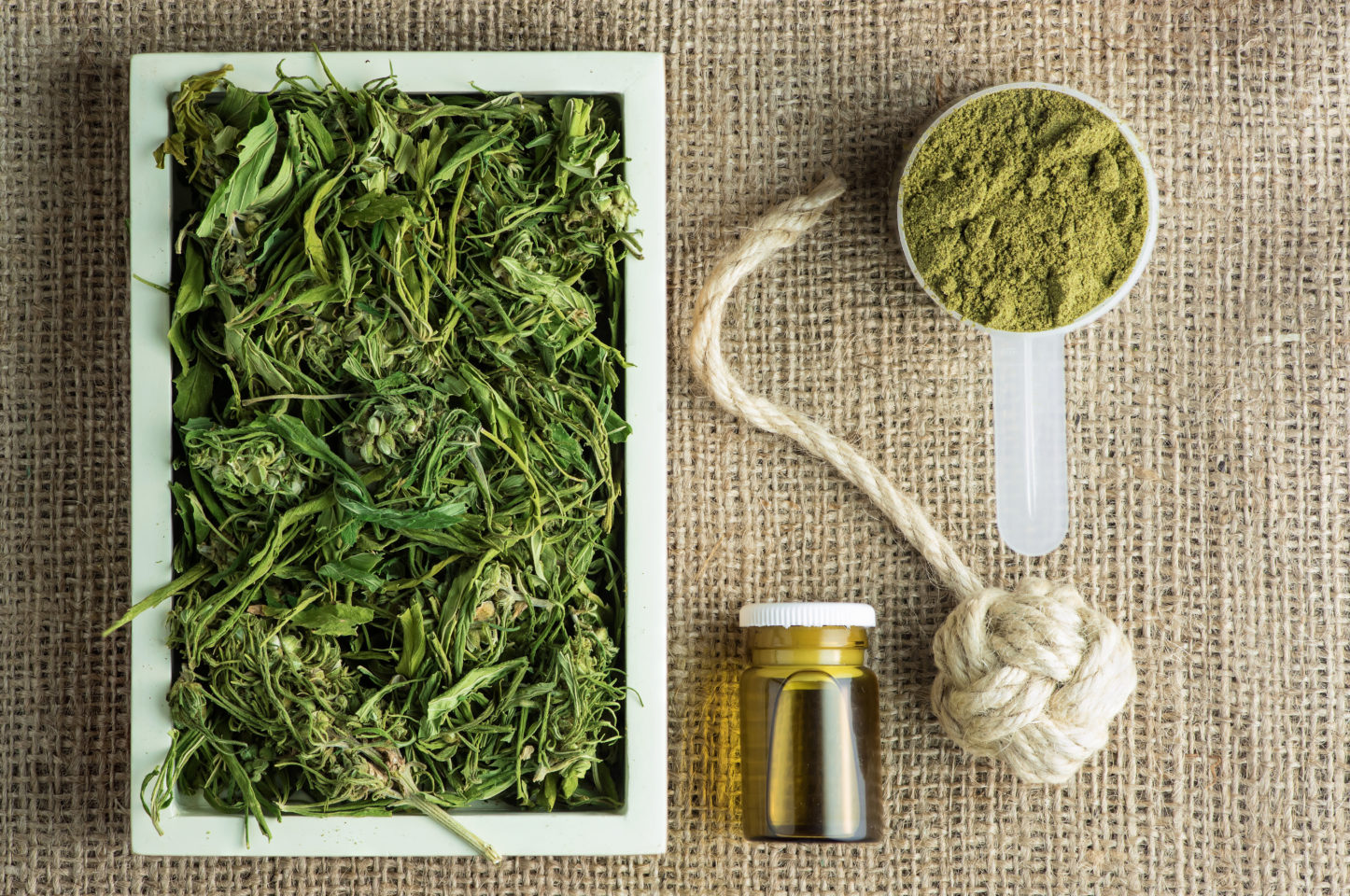A new report from New Frontier Data details the average number of plants considered “hot” and what the industry will look like in the near future.
New frontier data released New data August 5, on crops and the number of plants that are “hot” or exceed the required limit of less than 0.3% THC and need to be destroyed. According to its “Hot vs. Isn’t it?” Survey, the company states that the average percentage of plants considered hot in hemp harvests across the United States is 10.81 percent (data from 2018 to 2020). Based on).
The accuracy of these proposals keeps this in mind, as New Frontier Data states that some states do not have detailed records of THC sampling of crops or are not willing to publish the data. Must be left and accepted.
2018: 111,912 acres of hemp approved and 78,176 acres planted (2018 harvest data not available).
2019: 511,442 acres of licensed hemp, 242,565 acres planted, 134,059 acres harvested.
2020: 336,655 acres of hemp are licensed, 70,530 acres are planted and 33,845 acres are harvested.
According to the data, more than 4,000 acres of crops were destroyed in 2019 as they were considered hot crops (out of 242,565 acres planted). Although crops in 2020 declined, hot crops continued to grow, making 6,234 a more devastating year labeled as hot.
Based on the above figures, New Frontier Data predicts that an estimated 11,675 hot crops could be produced in 2021 (but if USDA finalizes the testing and sampling method). Numbers are subject to change).
New Frontier Data argues that the main reason for the increase in cannabis yields is primarily due to the generosity of government agencies such as USDA and state agricultural institutions.
“As a result, the generosity of the USDA and each state’s agricultural sector on genetics, and the unwillingness to require certified seeds like Canada’s counterparts, is one with excess cannabis acreage. It has led to both industries that have focused on cannabinoids almost independently. Otherwise, US consumers are projected to spend $ 121 billion between 2020 and 2025, “New Frontier Data said. I am writing.
Earlier this year, January 15th, USDA Provisional Final Rule It has been published. If a cannabis crop is tested to have a THC above 1.0%, it should be destroyed. “Repair refers to the process of conforming non-compliant hemp (THC concentration> 0.3%) (THC concentration ≤ 0.3%). Repair separates non-compliant flowers while preserving stems, leaves and seeds. This can be achieved by destroying the whole cannabis plant or shredding the entire cannabis plant to create a homogeneous “biomass” that can be retested for THC compliance, “states USDA’s updated rules.
Hemp and tolerance
New Frontier Data believes that the particular language used by USDA may mean that there is an acceptable margin that allows the production of textiles using industrial cannabis. The organization says this year’s harvest season will be interesting as many growers have decided to plant cannabis seeds from China. These specific strains are usually tested with a THC limit of 1 percent or higher. However, genetics has also developed strong hemp stalks that can be very helpful in fiber production.
Analysts believe that the imminent debate over legalizing cannabis at the federal level could also mean a new change to THC’s percentage limit. “… The current regulatory scheme is underpinned by the federal government’s ban on high THC cannabis as a reason for the excessively low THC threshold for industrial cannabis,” said Senior Industry Analyst, New Frontier Data. , Says Joshua Adams. “If high THC cannabis is legalized, there remains little justification for continued enforcement of the <0.3% THC threshold."
Adams, if Senator Rand Paul proposes a building 2021 Hemp Economic Mobilization Planning ActAnnounced in March 2021, it was planned to raise the threshold from 0.3% THC to 1.0% THC, but “… it is virtually controversial in an environment where high THC cannabis is no longer banned. In this scenario, It makes little sense to continue to regulate industrial cannabis and cannabis separately based solely on THC content.
“Once high THC cannabis is legalized, these policies may need to be coordinated to establish a more consistent regulatory framework for the entire cannabis plant,” he explained. ..




